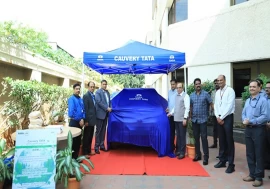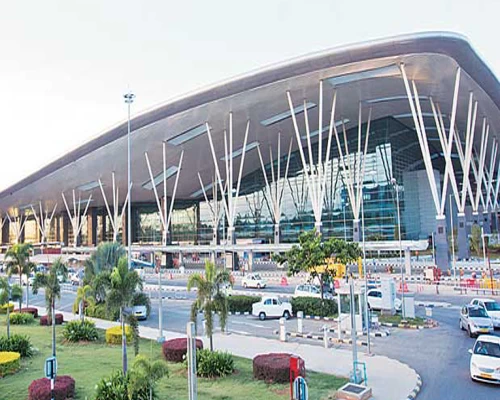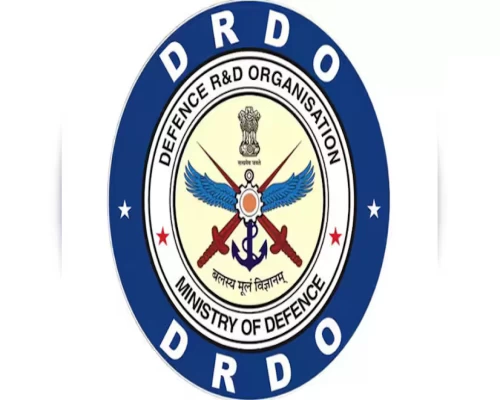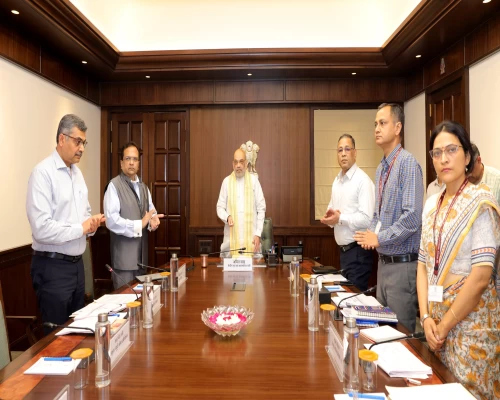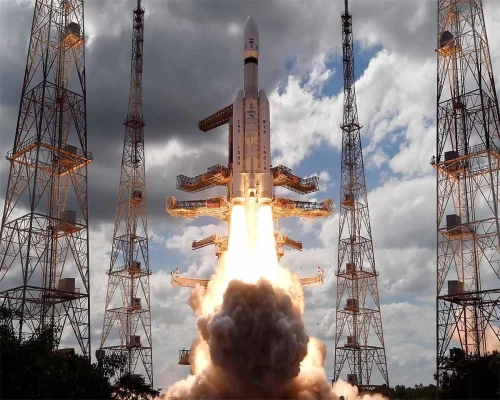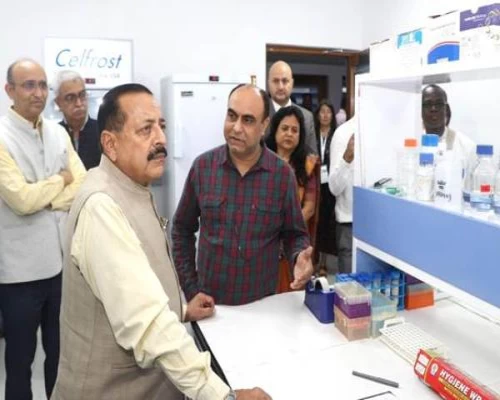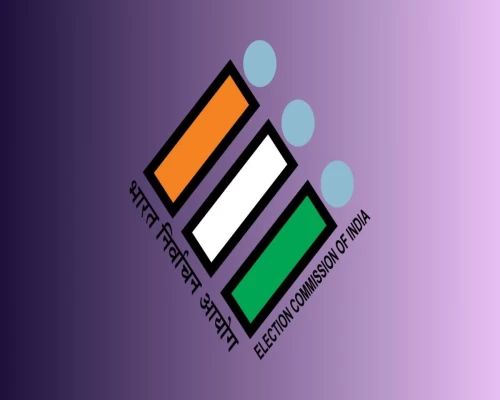
New Delhi: The Central government has identified technology as a priority sector and has made provisions for utilizing new digital technologies in the agriculture sector, said Sanjay Agarwal, senior IAS officer and Secretary, Department of Agriculture Cooperation & Farmers Welfare, Government of India.
“Our objective is to build a national digital agriculture ecosystem, elevate Indian agriculture sector to higher levels of efficiency and productivity, and to improve welfare and income of farmers. The Agriculture Infrastructure Fund will facilitate in strengthening the agricultural infrastructure, development and improvement of warehouses, cold storage, pack houses and marketing facilities in the rural areas, which would enhance the income of farmers and boost rural economy,” he said while addressing an event of CII, an industry body.
He said: “We have also prepared a consultation paper on India Digital Ecosystem of Agriculture (IDEA) with a view to keep farmers at the centre of agro-ecology by promoting free digital technologies. Recognizing the importance of digitization in agriculture, the department is preparing a centralised farmers database and formulating various services based on it in order to create a digital ecosystem for agriculture.”
“A database with the details of about five crore farmers has been prepared so far. It is expected that the database will soon be completed by incorporating the details of all landholding farmers into it. The government is proceeding fast on an ideal path of improving farmers’ lives by increasing their income,” he said.
Dr Ashok Dalwai, Chief Executive Officer, National Rainfed Area Authority (NRAA), Ministry of Agriculture & Farmers’ Welfare, Government of India, said: “Technology is evolving in almost every aspect of our modern lives. Agriculture technology will be ever more digital and computerized in the coming future. The future of irrigation depends on smart metering. This technology is one of the keys to increase irrigation efficiency.”
“The challenge today is not only to increase production and cut costs but to get data of farming operations which can help make informed decisions. Remote sensing technology in itself is ground-breaking because it offers information on the state of the crops without deploying any assets. Both smart irrigation and meter technology indicate more data should be available and ready to be analyzed. Thus, data irrigation will be one of the primary trends in the coming years,” he said.
Abhimanyu Munjal, Chairman, CII Northern Region and Joint Managing Director and CEO, Hero Fincorp, said, “New technologies promise a greener approach to food production and focus on more plant-based, year-round, local, and intensive production. Done right, three technologies – vertical, cellular, and precision agriculture – can remake the relationship to land and food.”
“Credit is an important contributor to agricultural production and if it reaches the farmers in the right way at the right time, the increase in agricultural production and the increased share of agricultural produce in the GDP can be well achieved. Agricultural NBFCs are playing a great role in extending credit facilities using the crop as collateral and against storage receipts of agriculture commodities.”
Rajesh Srivastava, Chairman, CII IntelAgri 2021 and Executive Chairman, Rabo Equity Advisors, said: “Advanced technologies can revolutionise the agriculture sector in India and are thus the need of the hour. The uptake of technologies at market prices in a sector that has traditionally been heavily subsidized remains challenging, but farmers are prompt to identify what works in their interest and are ready to pay for it.” /BI/


